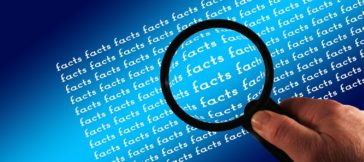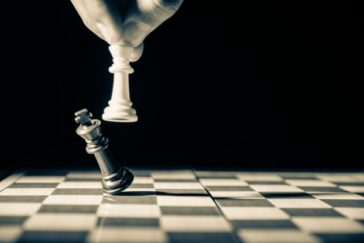Literary Devices to Compare and Contrast
Writers create images with words, and the techniques used are called literary devices. Because of the wide variety of literary devices, we will examine them in groups. In this article, we review the literary devices used to compare and contrast. By comparing and contrasting things, the author invites the reader to see a deeper truth. Use these devices to emphasize an idea, a character, or important moment in the story. Analogy An analogy clarifies by comparison. Unlike simile and metaphor, … Read More »






